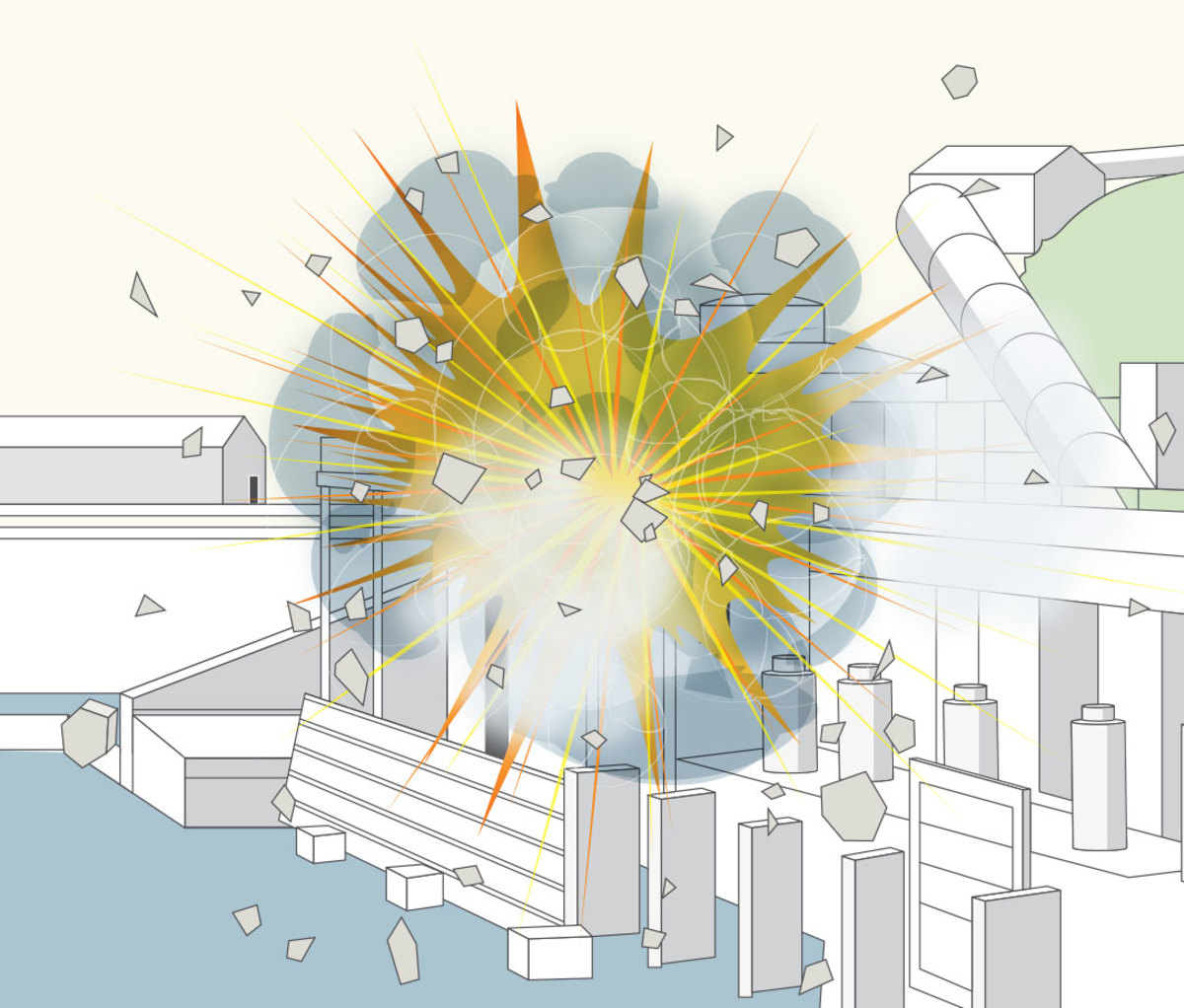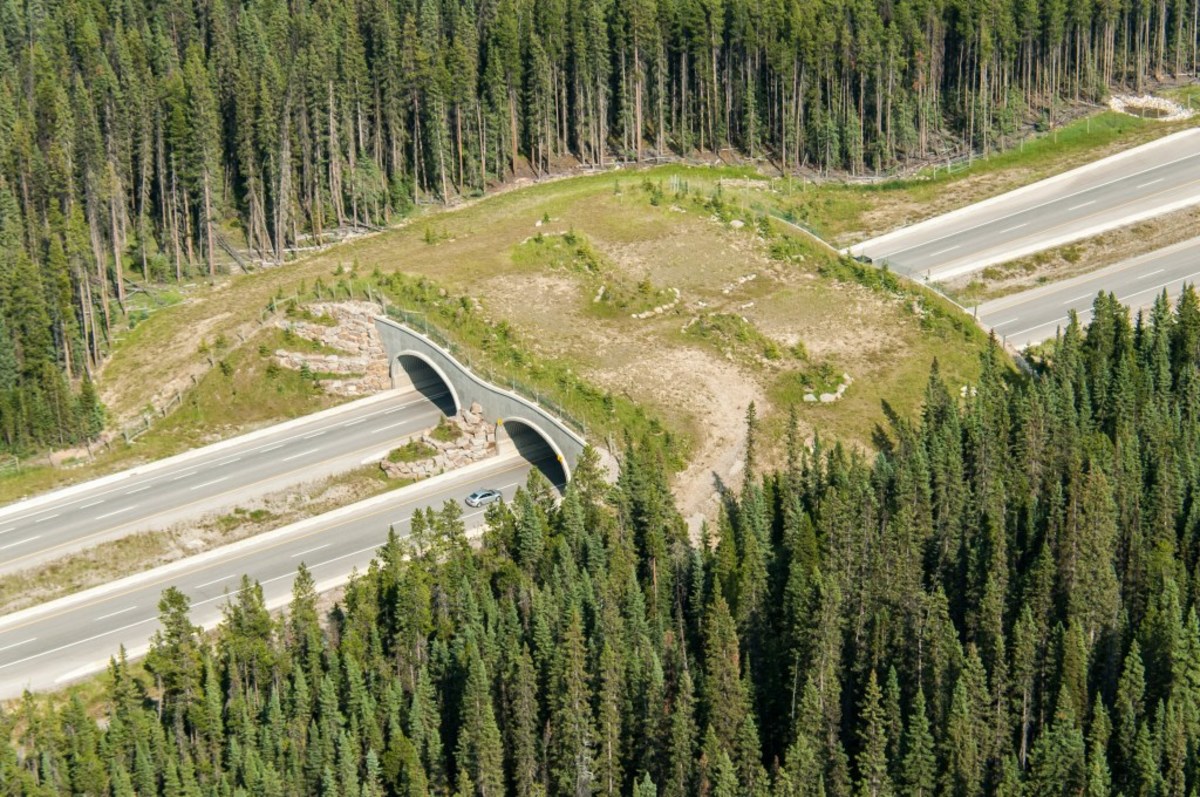The largest dam removal project in history commences next year in northern California. When work begins on the Klamath River, the decades-long political battle to remove the combined 411 vertical feet of the J.C. Boyle, Copco #1, Copco #2 and Iron Gate dams will feel like the easy part. Here’s how the Klamath River Renewal Corporation plans to demo the largest one, Iron Gate, to avoid killing everyone downstream.
- The entire reservoir will flush through the dam’s old diversion tunnel, so job one is to close it off to clear out obstructions and have hard-hat divers repair the tunnel and gates.
- Once the diversion tunnel is cleared and reinforced with concrete the roller gates are opened.
- The 72-million-cubic-meter wall of water behind the dam is drained—gradually to prevent flooding downstream.
- Steel sheet piling along the crest, along with fish-holding tanks below the dam, are removed.
- Millions of pounds of compacted talus rock and gravel (with core of impervious clay) is removed with excavators. Crews move 7,500 cubic yards of rock per day, increasing to 16,000 cubic yards per day as work progresses to wider base.
- Excavator breaches upstream cofferdam, which prevents flooding, by digging series of notches down to the bedrock.
- Diversion tunnel, powerhouse, other structures demolished with hydraulic shears, hoe ramming, drilling, blasting.
- Klamath River should run free for 400 miles by the end of 2023. With drawdown complete, crews replace topsoil, then plant native grasses, trees, shrubs, other vegetation.

Why Remove a Dam?
Although hydropower is seen as “clean,” dams are far from eco-friendly.
“For the Yurok people, the fight for dam removal is more than an environmental issue—it is a fight for our very existence,” says Yurok Tribe Vice Chairman Frankie Myers, at the forefront of the Klamath River dams removal fight since 2002.
The coalition that lobbied to remove the dams included local tribes, Trout Unlimited, California Trout, tourism interests and the states of California and Oregon. Even power company PacifiCorp wants the four obsolete dams removed, as they contribute only 2 percent of their power supply and can’t be relicensed without hundreds of millions of dollars of upgrades.
The Klamath dams are part of a trend of dams coming down around the United States—90 were removed last year alone. In addition to impeding migration of native fish, researchers are learning rotting vegetation and other problems associated with the dams’ warm, slack-water reservoirs create billions of tons of greenhouses gases each year. One study said emissions from reservoirs on the world’s more than 1 million dams is comparable to those from rice paddies or biomass burning.
“We hope to see the Klamath River running clean and clear in 2023,” says Myers. “Based on results in recently undammed rivers in the Pacific Northwest, we expect a rapid rise in salmon populations. We will be able to build a truly sustainable tourism-based economy because it will be safe to recreate in the river year-round. The benefits of a healthy river are endless.”
from Men's Journal https://ift.tt/2Qc9hcB






0 comments